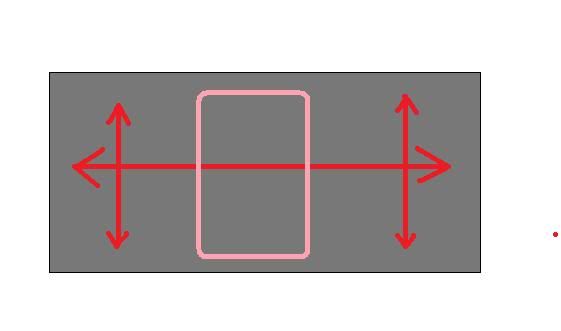Ok so im wondering how i can get more strength from a multiple layup flat panel
i was thinking at changing the weave directions
45/90/0/90/45 something like that
Also i have access to ROHACELL that i was gonna put in the middle at the 0 deg layer
I will be using wet lay up process with vac bag, cure at 25DegC
then Post cure for 12 Hours at 25-30degC
Obviously i kow that looking throught the data sheet for the resin i will be using to get best will give me more information
Any tips or advice on weaves/direction or anything would be greatly appreciated

